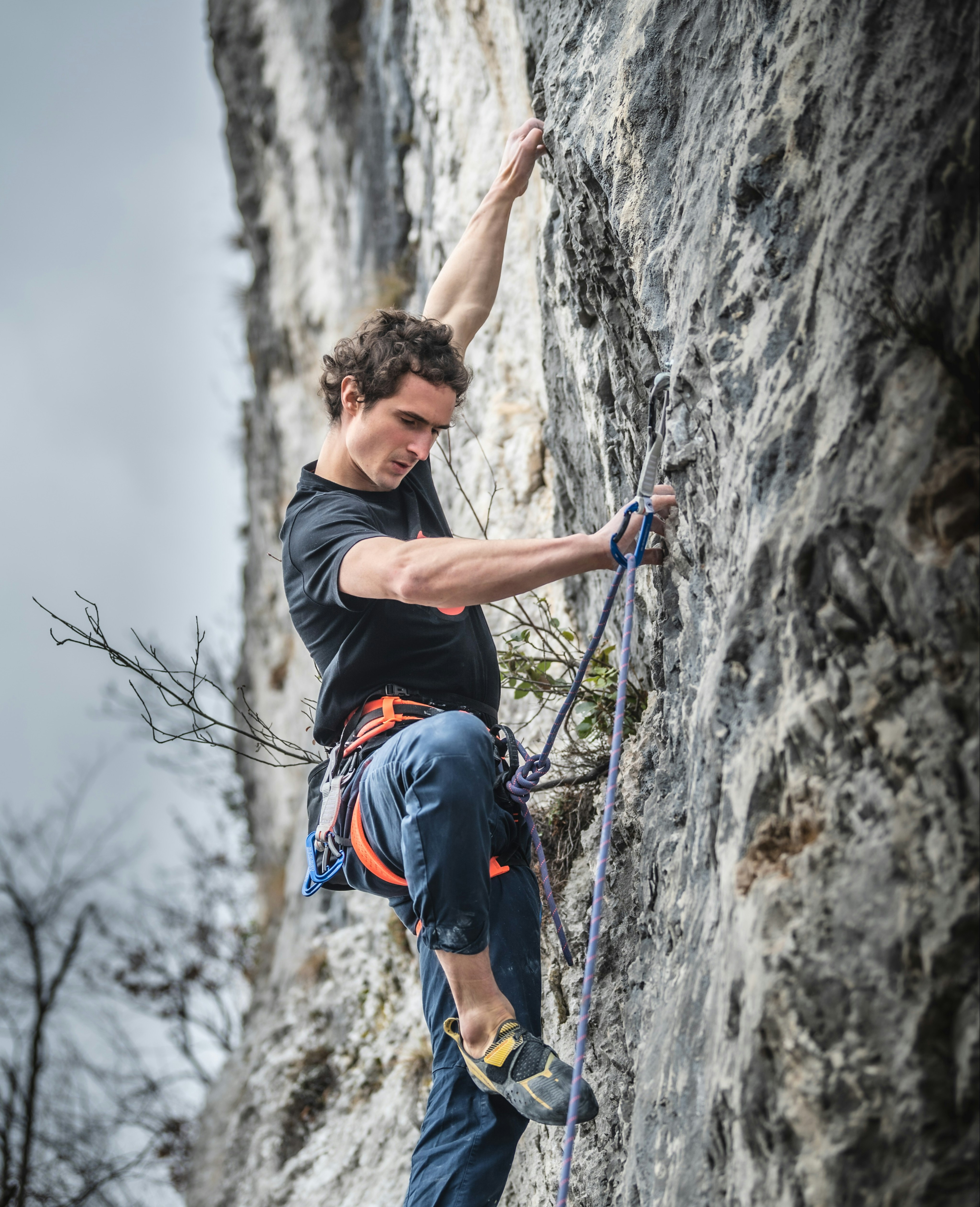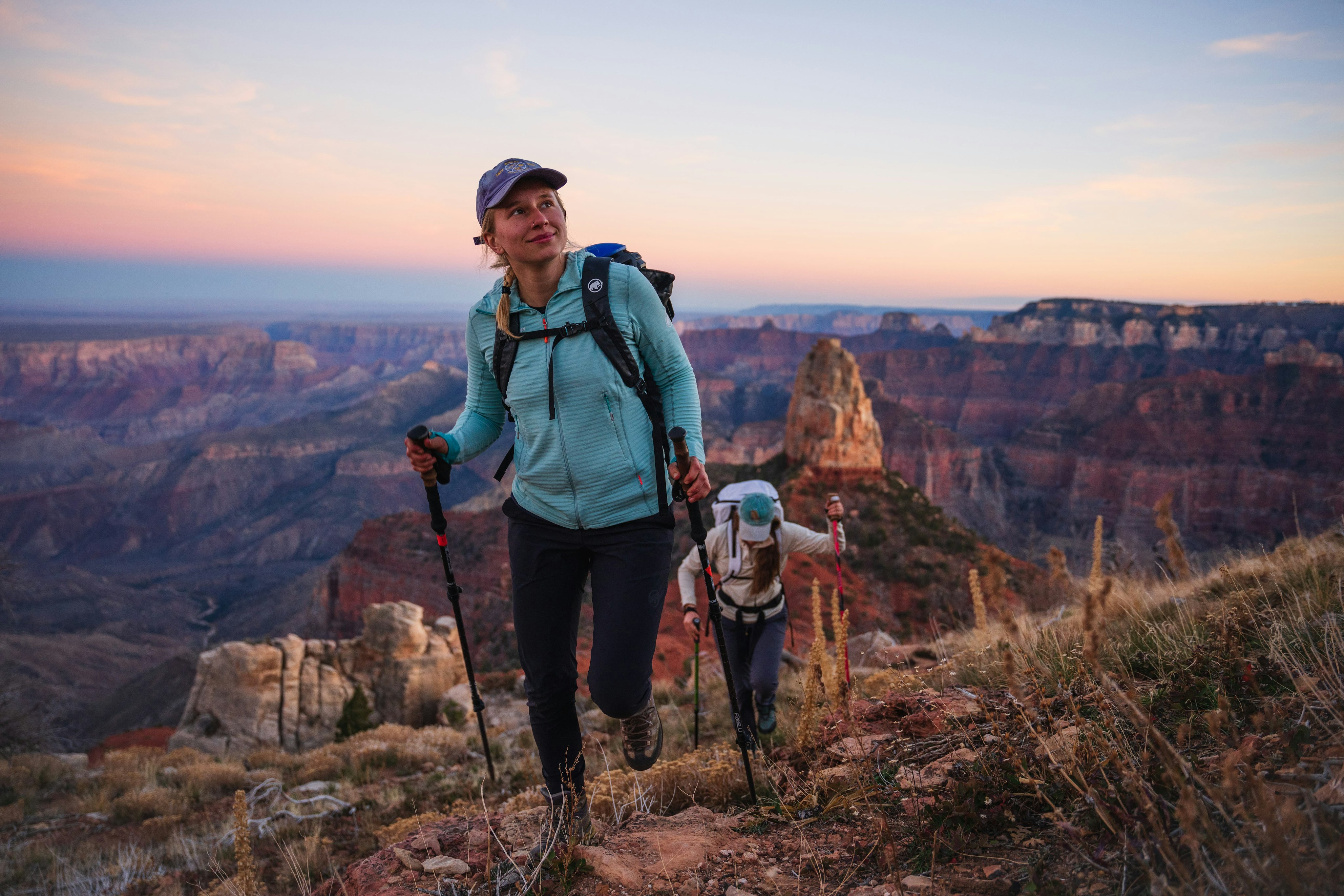Heavy Metal: the brothers who bolted Switzerland
06/2022
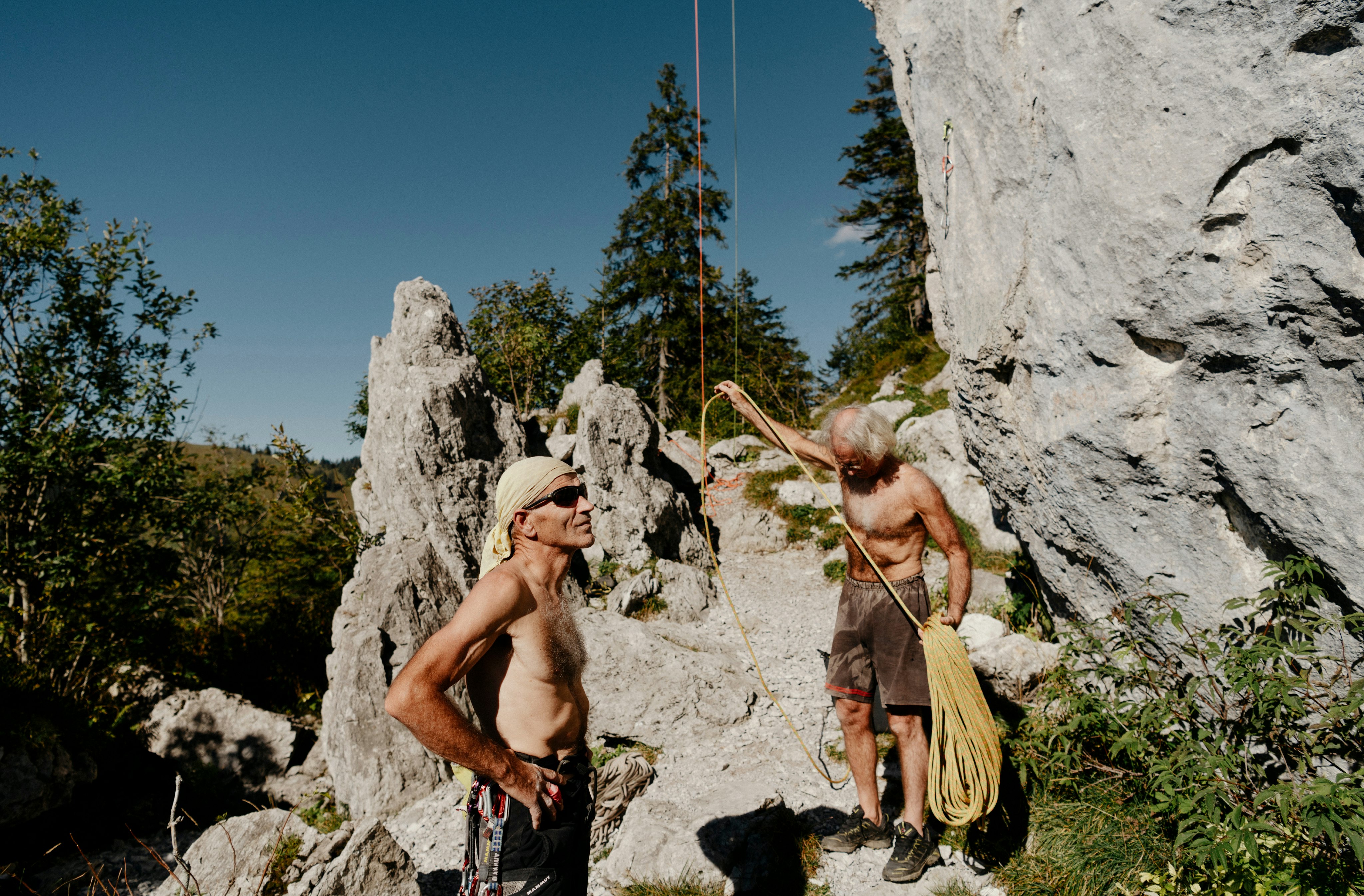
06/2022
@Silvano Zeiter
Silvano Zeiter
Ashleigh Maxwell
It all started with two teenagers hammering pitons into a seven-meter boulder in a quiet valley above Montreux, Switzerland in 1969. Over the last five decades, brothers Yves and Claude Remy have come to shape the sport of modern climbing.
Trailblazers throughout the rise of rock climbing as a popular sport, the Remy brothers began to open new routes in Switzerland in 1970. Since this time, they’ve gone on to amass a stunning array of first ascents, bolting thousands of legendary routes across the globe, including some 15,000 pitches. In Switzerland, there is no big wall that hasn’t been shaped by the Remy brothers’ relentless pursuit of exploration, from Les Diablerets, to Sanetsch, Grimsel, Gastlosen and the Wendenstöcke. Having written and contributed to over 100 books around their prolific work, nowadays there’s hardly a climbing topo in the Alps that doesn’t feature a route by the legendary Yves and Claude Remy. Thanks to the unfiltered and ultimately unshakable bond only siblings can share, the Remy brothers have contributed to the accessibility of climbing in Switzerland perhaps more than any other climbers – and they’re not done yet. We sat down with Claude Remy to talk past, present and future.
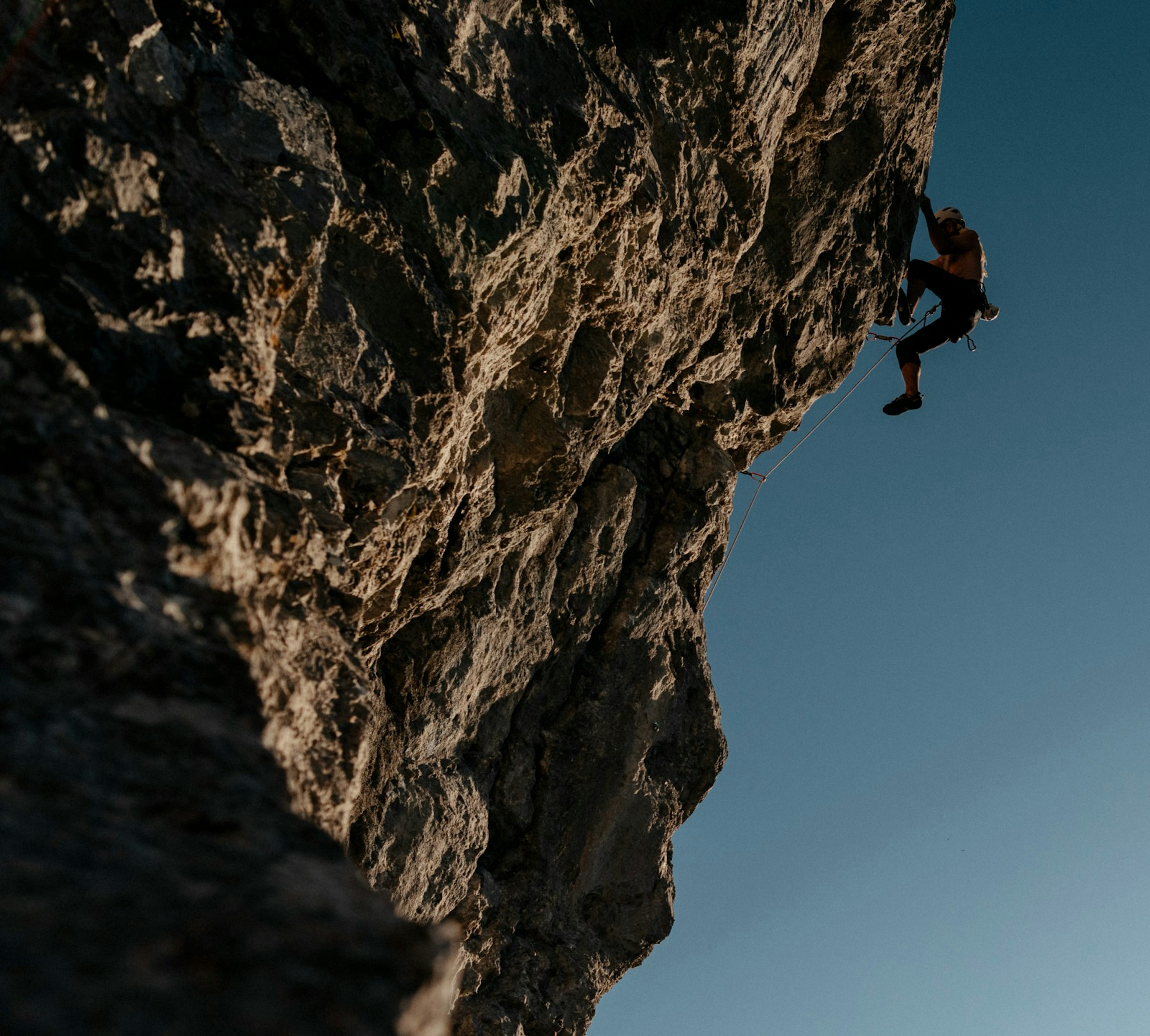
What have you been up to lately?
Claude Remy: Not enough climbing unfortunately, because I’m working hard on a new book about the Miroir de l'Argentine [a face in the west of the Swiss Alps]. We did a book about it in 1997 and we wanted to make something new because there are many good stories, like my dad’s . Because, you know, he climbed the Miroir at 94 years old?
Of course. Such an amazing achievement. When did you first start climbing with Marcel?
We started to go in the mountains from a very young age, just walking. In 1964 we started climbing together with a rope.
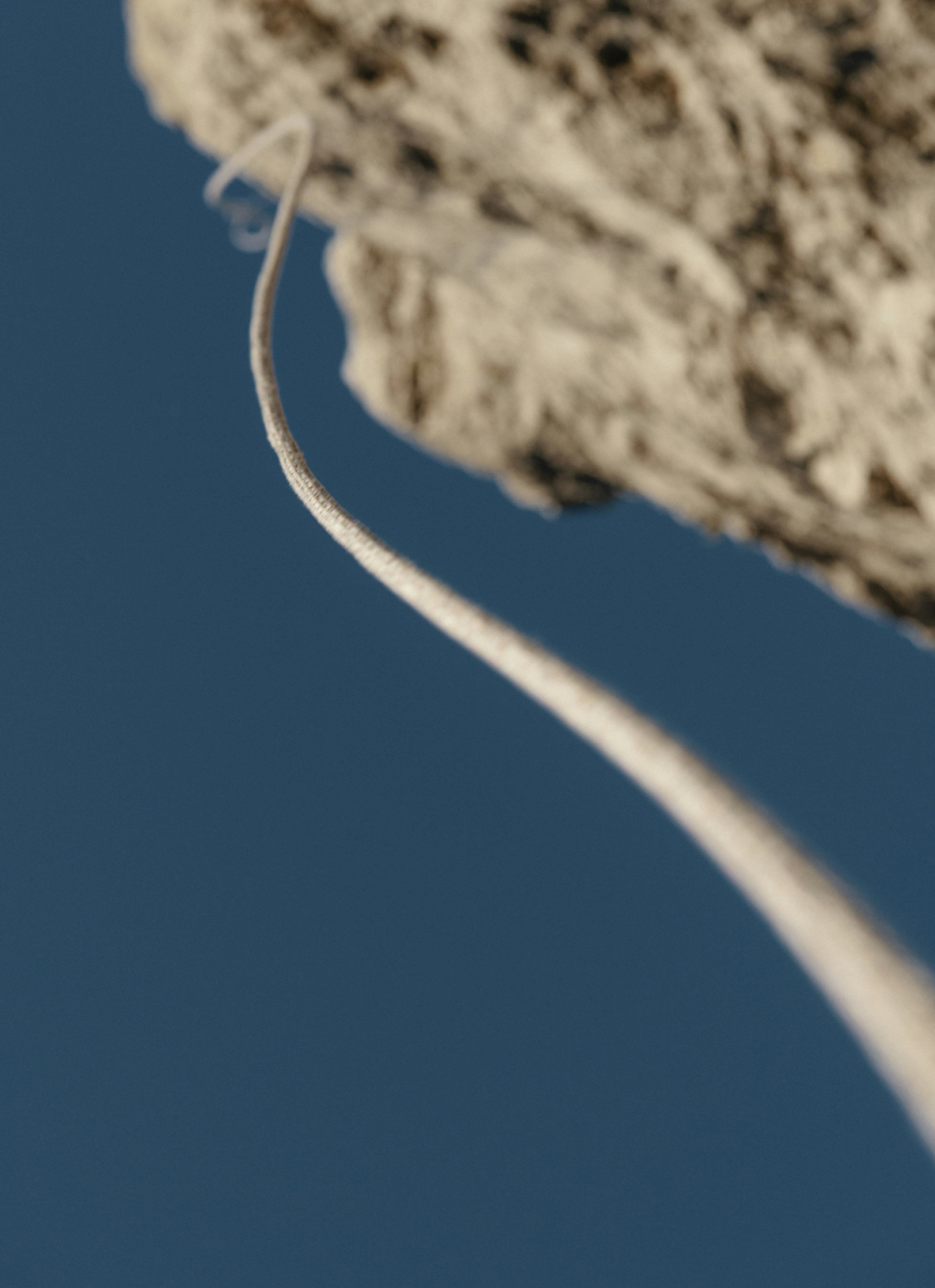
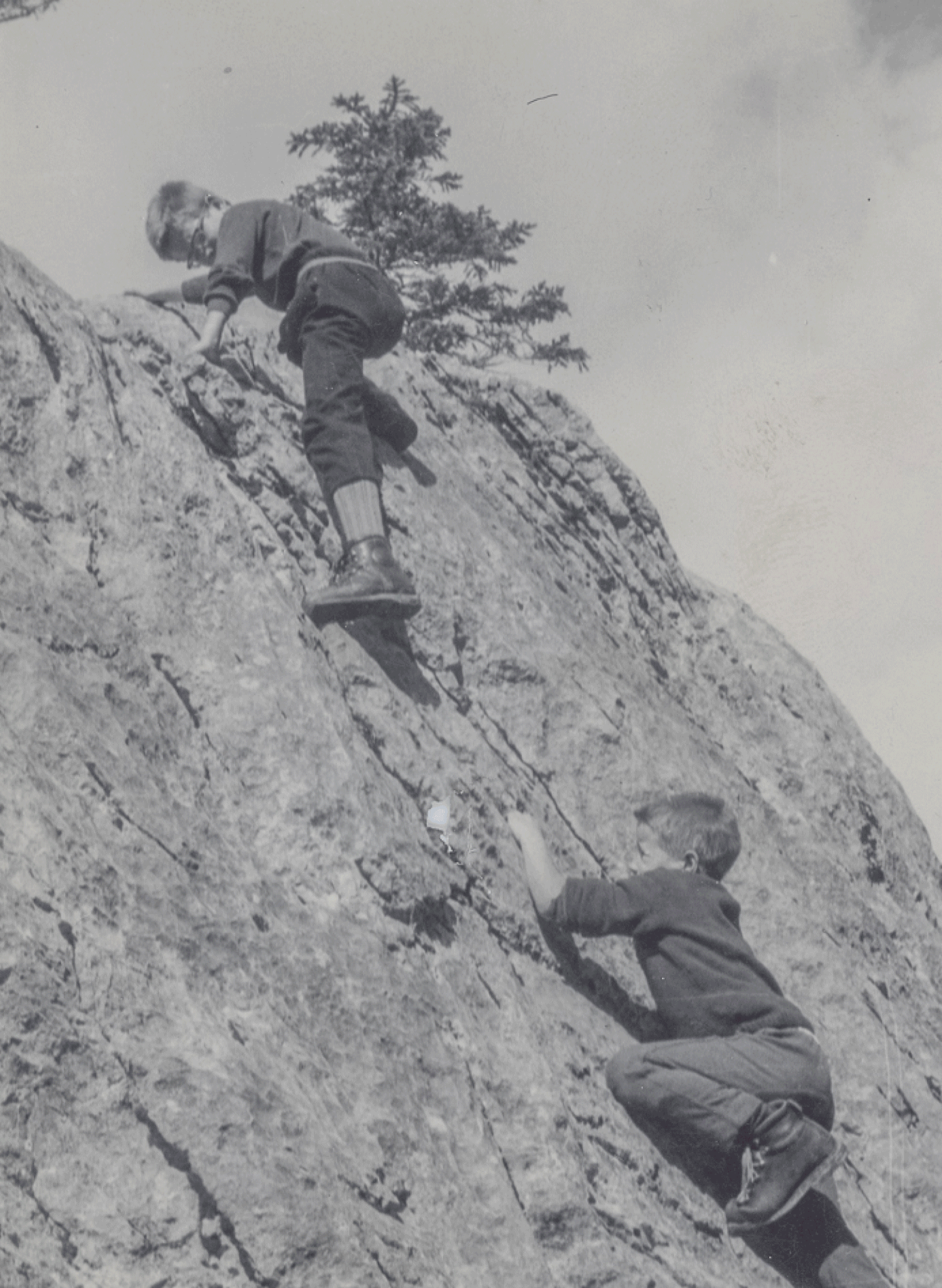
“You get there and there are many chimneys, I don’t know how many ramps and crags. So, you look at this wall and think, ‘f**k’.”
What were those adventures with your dad like?
When we started it was very different. We had the same pair of shoes for everything – walking, climbing, skiing. There were no harnesses; the rope went around our waist and we belayed by hand. It was always hard. The days were too long. We had to always do the maximum with the minimum gear and time; that was his motto. Of course, Yves and I had this later, but not in the same way. You know, when my father was doing his first ascents around here, they were starting by foot or by bike or they took the mine railway. Then sometimes, to save the money on the railway, they just walked. It’s so different, you can hardly imagine. Plus, they had no information, just a friend that says, ‘Do you want to go climb Miroir?’. And someone else has told them that you follow the chimney, then next to the diagonal, go right and then go to the top. That was it. No topo. No pictures. Nothing. Can you imagine? You get there and there are many chimneys, I don’t know how many ramps and crags. So, you look at this wall and think, ‘f**k’. Oh, and how many pitons? Maybe three or four. It’s completely different. My dad’s climbing rope was the same he used for carrying food or dry grass, which he got from his father.
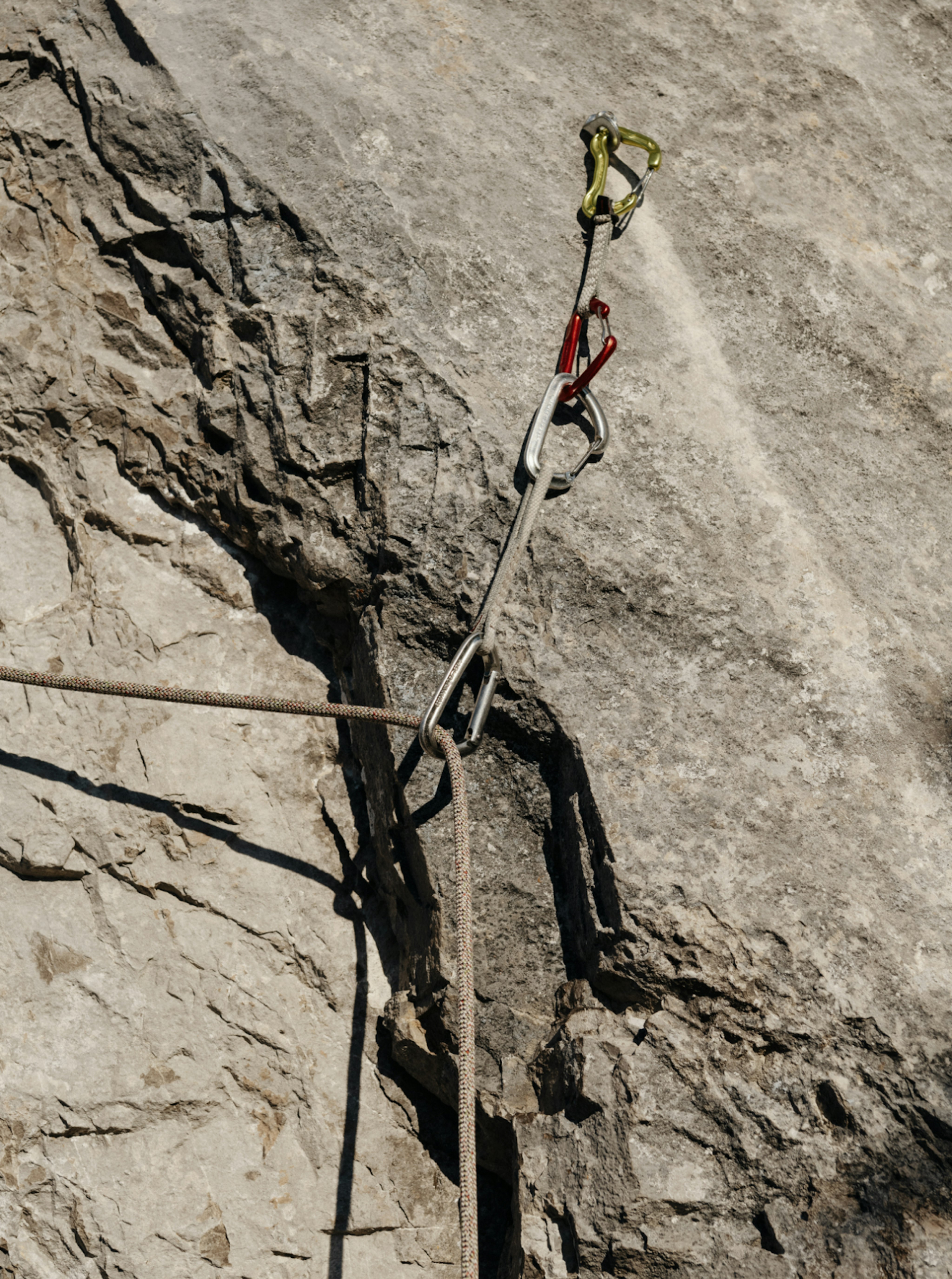
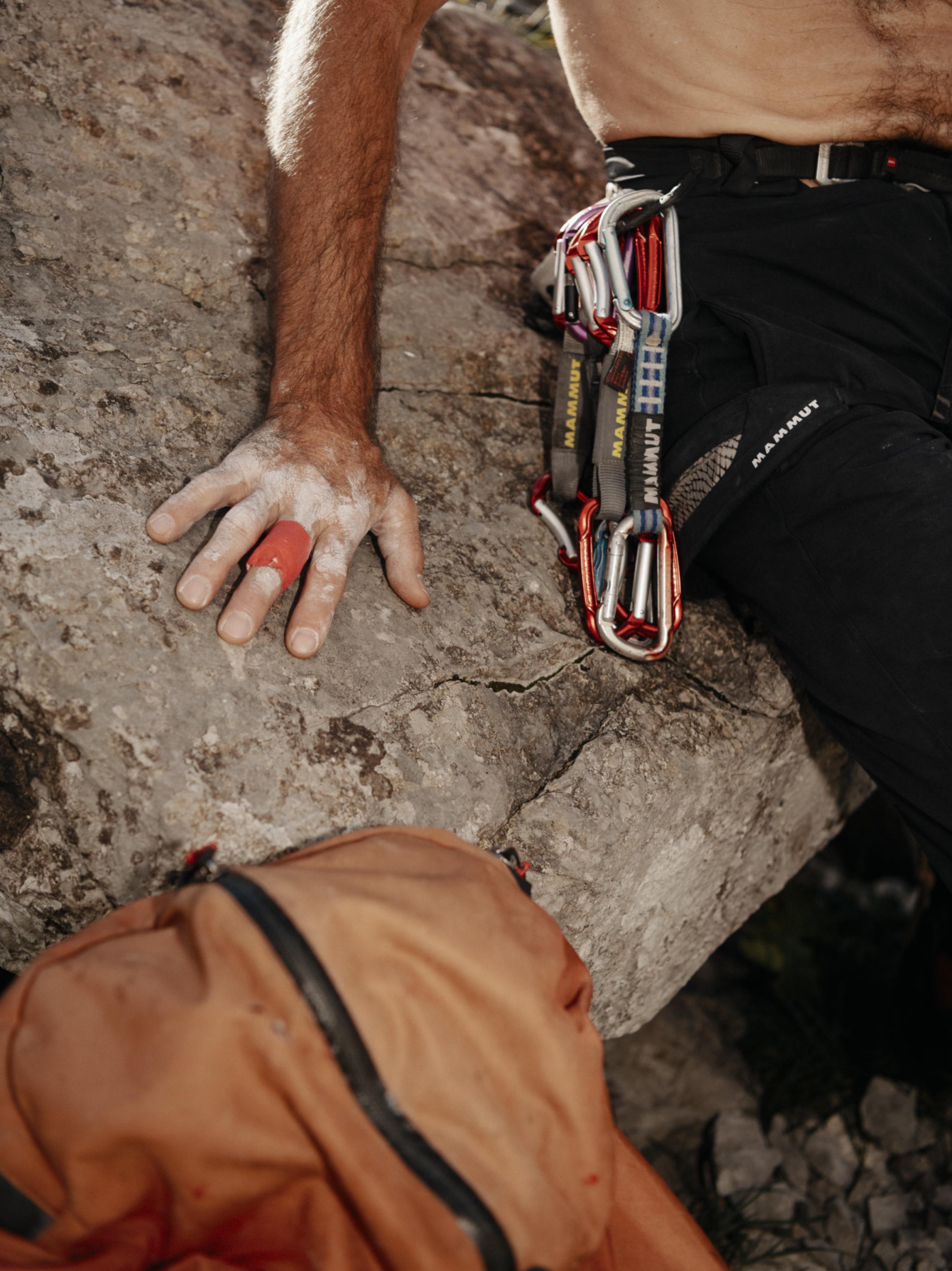
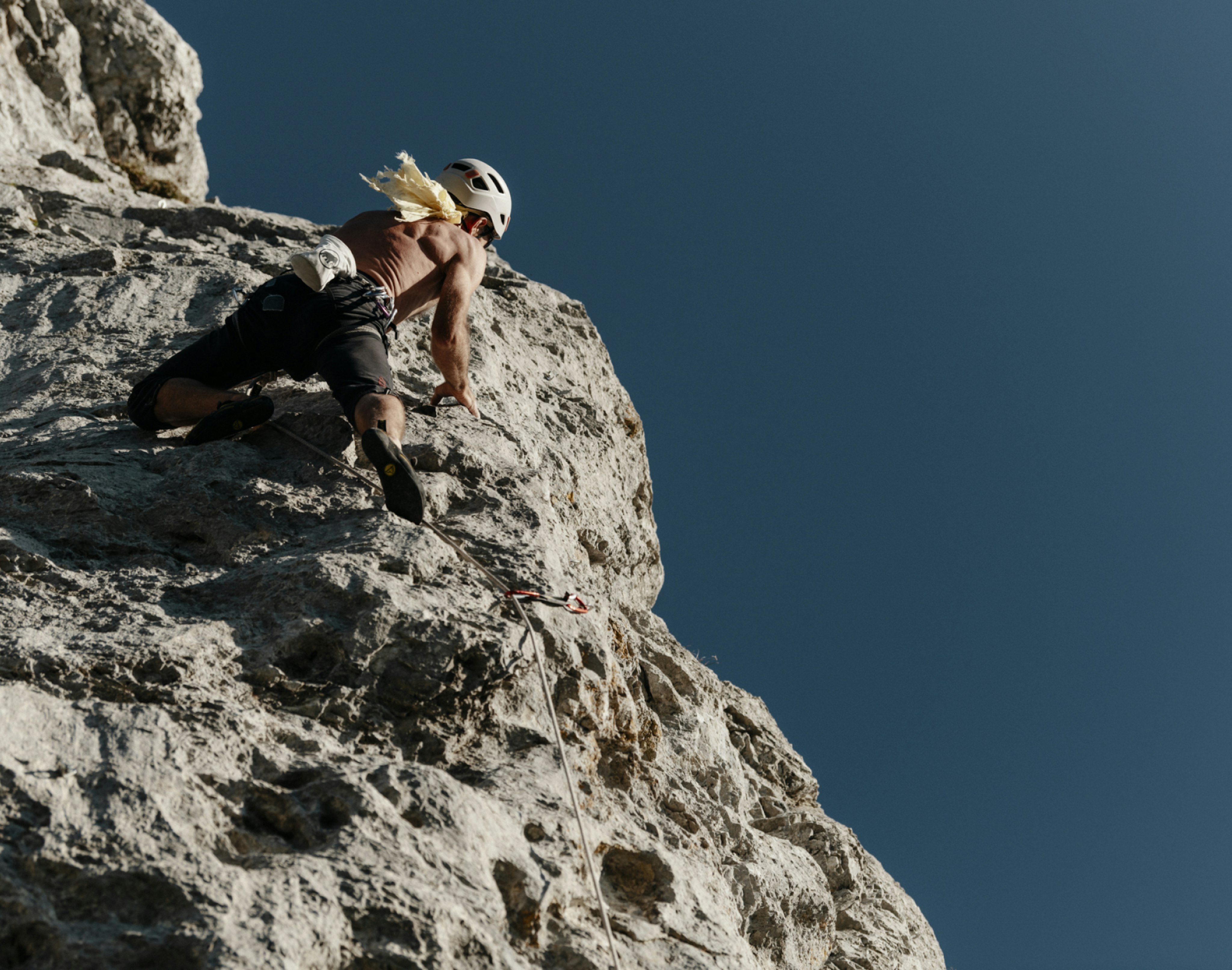
When did you start climbing on your own?
My father got a back operation in 1969 and for two or three months he was out. So, we asked if we could climb with his gear – his rope, biners and pegs. He was not happy, but he said yes. So, I was 16 and Yves was 13 when we started to make new routes.
When did things get serious?
After we trained (my brother as a plumber, and I learned mechanics), we both wanted to climb the maximum we could, and we realized a half-time job would be enough. Other people would go the weekend and we were going one or two extra days during the week. At that time, it meant we immediately became better than anyone else around. Maybe not better, but more active.
For some years, we didn’t have a very precise idea of what we wanted to do. Later, at the start of the 80s, we became good friends with [French climber] François Guillot. He was one of the best and was making 50 new routes in one season. We were doing maybe 10 or 20, so that was the new goal. The next season we did around 80 routes. In the same time, we started to do more routes on good rock with bolts. We decided to be more active in this direction, rather than alpine routes. We looked for these lines and were able to make new routes very fast. Like in Eldorado, we climbed 15 new pitches in one day quite easily. It was fast. We made Motörhead [6a+/5.10b 500m] with just 11 pitons.
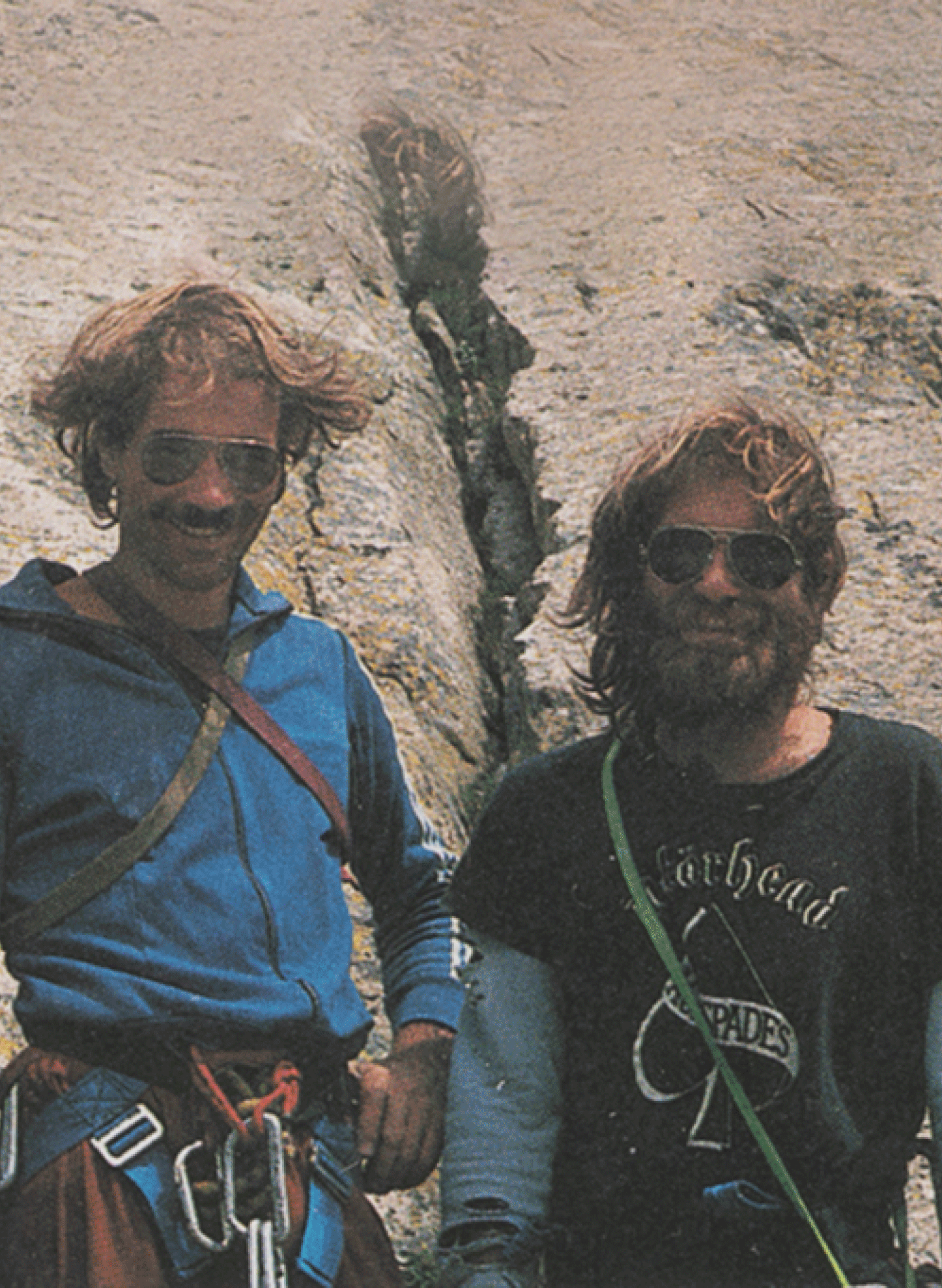
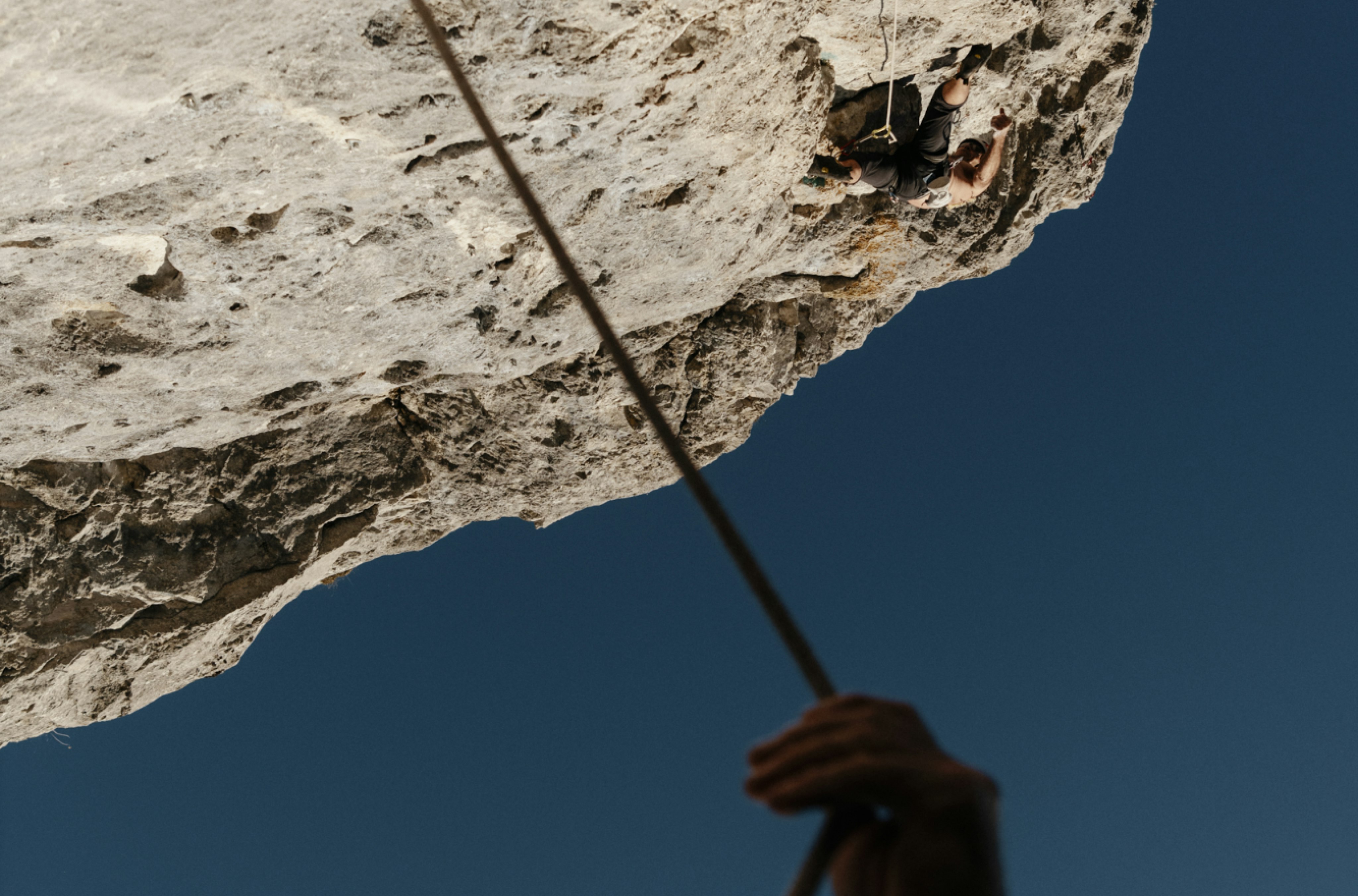
How else did the gear evolve during this time?
When we started climbing more at the start, we didn’t even have a harness. In the 70s to 80s we started buying climbing gear in Chamonix. We also found steel pitons in the USA, and nuts in England. We mixed all these different styles of climbing for what we wanted to do when we made new routes. It made us faster and we had a lot of gear for any problem. And soon after this, we met [product manager] Albert Wenk of Mammut. He encouraged us to use bolts, instead of pitons, to make it safer. We didn’t have the bolts, so he gave us what we needed. At the time, there were very few bolts around. So, with Mammut, that was an important connection. We also became more involved in testing the harness and rope and helping to improve it.
What makes your partnership with Yves so strong?
We are really lucky. For over 50 years, we don’t need to talk about anything. We just go and it’s perfect. We don’t need to say, ‘oh what do you think? Do we take this gear? Do we go there?’ We just go. That’s it. Basta. My brother was always the strongest. I was always behind. It was f**king hard for me. He was just amazing - extremely good onsight. He impressed everybody.
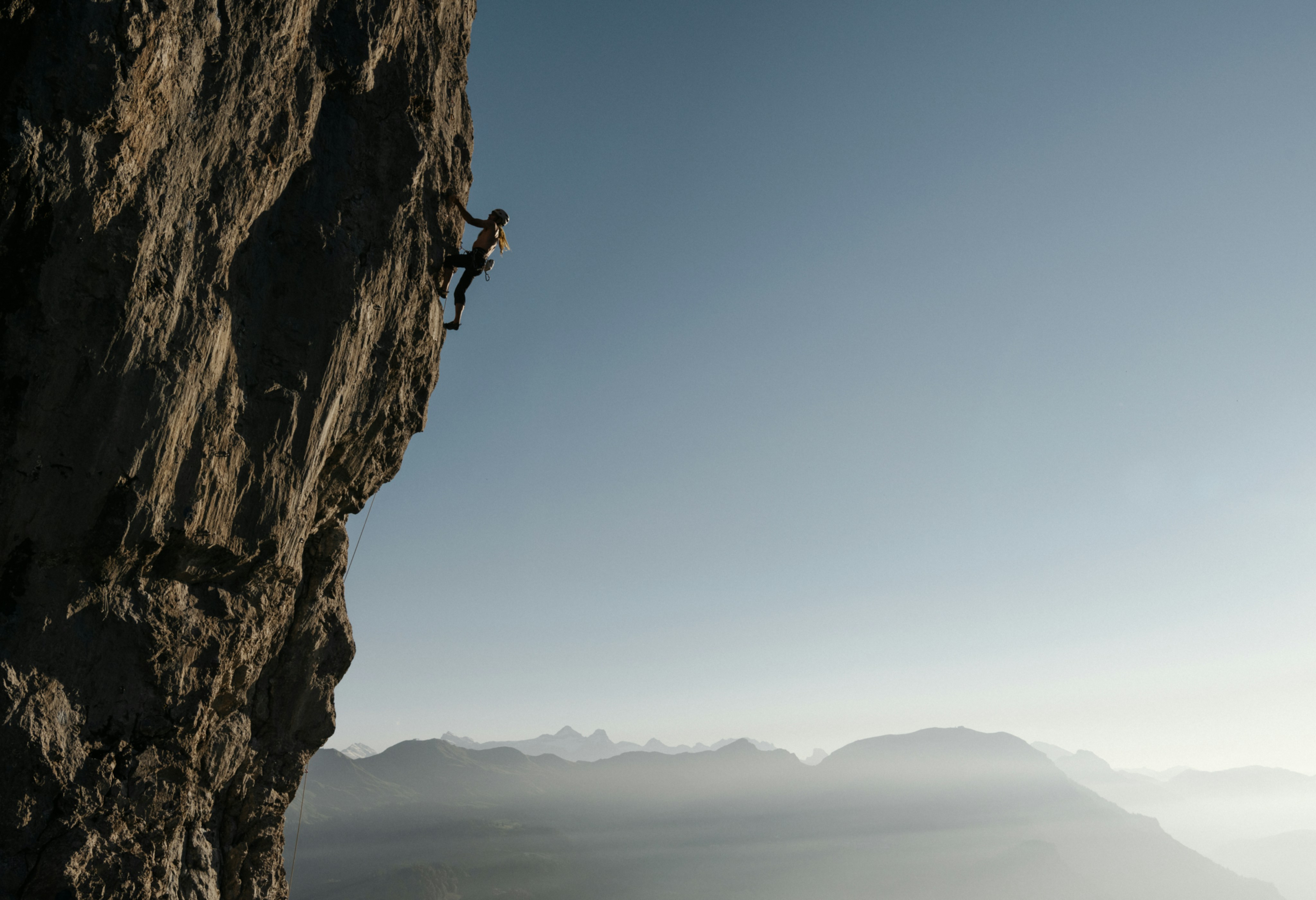
“I don’t go so close to the danger, but just a little, to take a little look over the edge. That’s life.”
Will you still be climbing at Marcel’s age?
Honestly, I think it’s difficult to imagine. You need a lot of luck for so many things. You need to preserve your luck and take care of it and be careful who you spend your time with. I don’t want to waste time with bad people or bad situations. As soon as I’m uncomfortable, I walk away.
Has luck helped you continue climbing all these years?
We’ve been lucky, but you must work on it. Of course, we’ve been in crazy situations; falling into a crevasse, I’ve fallen and been knocked out, I’ve been struck by lightning in the mountains, avalanches, bivouacs in crazy situations. We had many things, and I think we’ve been very lucky, but we also take care of our luck. You must think about it all the time. When you escape a bad situation and you’re still alive, you think, ‘ok that’s the last one’, but you start again, by making a mistake or going to close to the ledge; close to the risk. That’s what we look for in life - it’s a little bit exciting. Now with my age, I’m not so crazy, but we’re still a little bit crazy [laughs]. I don’t go so close to the danger, but just a little, to take a little look over the edge. That’s life.
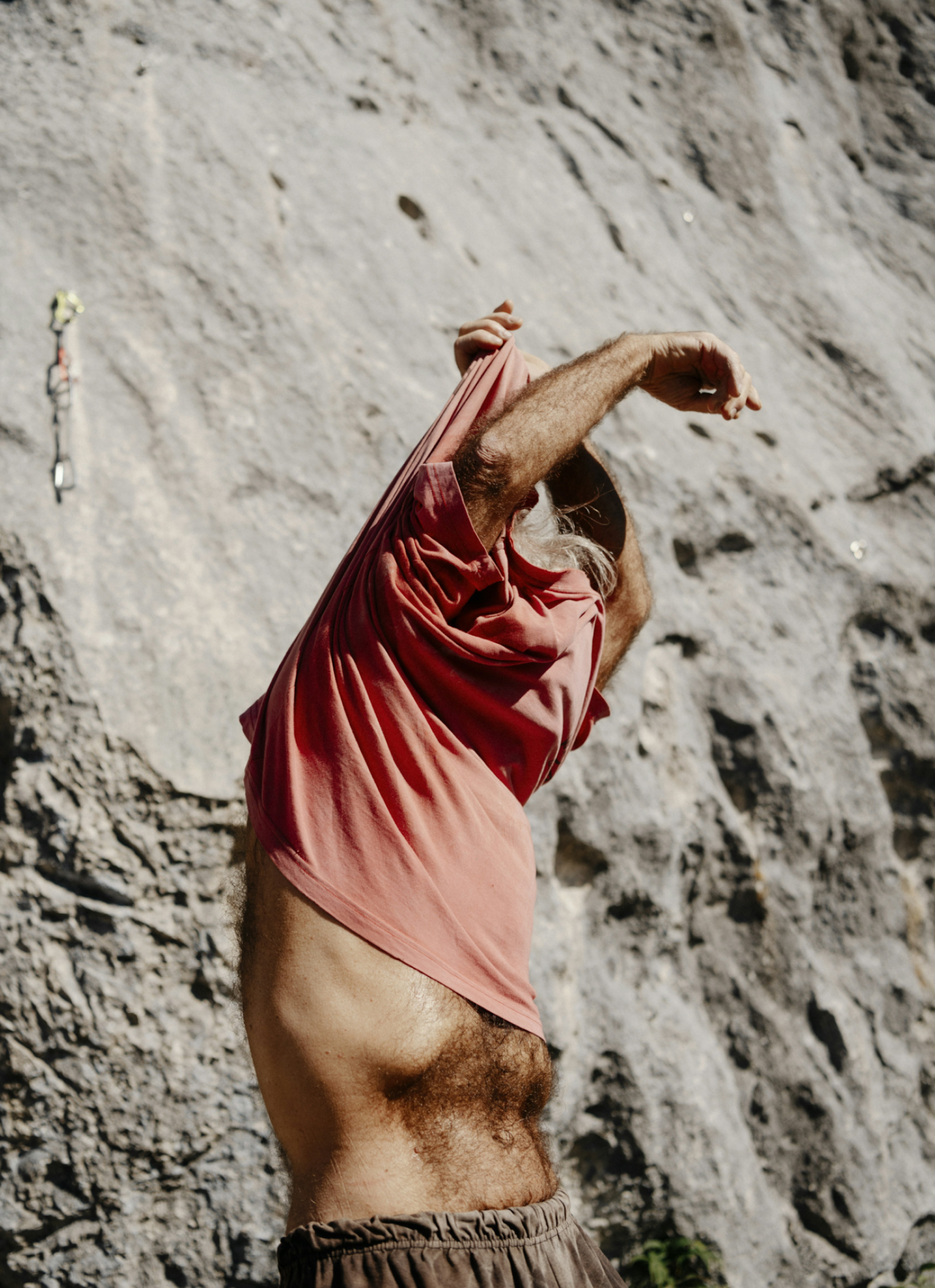
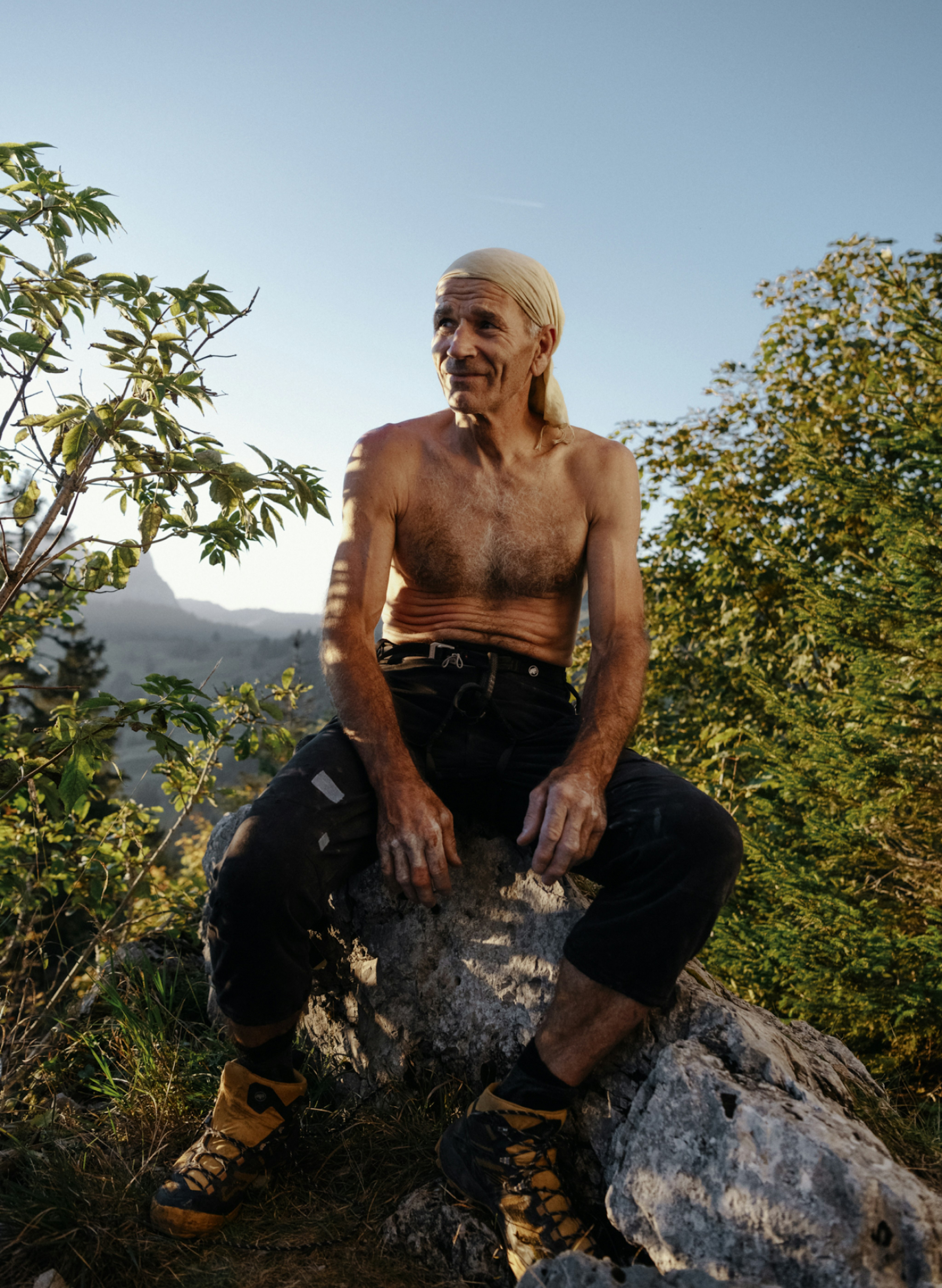
“It’s nice that we have good memories, but it’s better to make more.”
Do you still have specific routes you dream of creating?
[laughs] Many. In my head, it’s crazy. It’s all the time. I still have the list I’ve had for many years, and sometimes I can cross them off. In Greece, I have many places also. We are maniacs. There are sex maniacs, but we are rock maniacs, or bolt maniacs [laughs].
Do you have a favorite route?
Motörhead or Septumania [6a+/5.10b 550m]… They are some off the best in the world. They are so incredible. But there are many. When we climbed Motörhead, we did it and three other new routes in four days. It was an obsession. It was nice, but we did it and that was it - next.
Do you look back at your creations more now?
No, I’m still looking ahead and I want to do more. It’s nice that we have good memories, but it’s better to make more [laughs]. I’m working on a route on the right side of the Miroir now, called ‘Sully’. It’s 27 pitches - a long route that I’m making with a good friend. It takes so much energy. But when its finished, I’m sure I’ll look for the next one.
The Remy Brothers have been Mammut Athletes since 1981.
I heard from our rep in the French part of Switzerland about two brothers who were young and very strong in hard alpine climbing. I went to meet them both at home. In my first meeting, it was only Claude who talked with me. Yves was in the same room but he sat five meters away, said almost nothing and was very critical. It was Claude I talked the whole afternoon with him and finally we decide to work together. I couldn’t give them money, but I could give them products. And I only asked for their feedback. For every single products I gave them, I received from each, perfect feedback. This was very special. And Yves, who was first very critical, started to visit me at Mammut every 2-3 weeks with used products and his ideas. For history, for the alpinists and the climbers, the Remys have done a lot to make climbing popular.
Albert Wenk
Mammut
